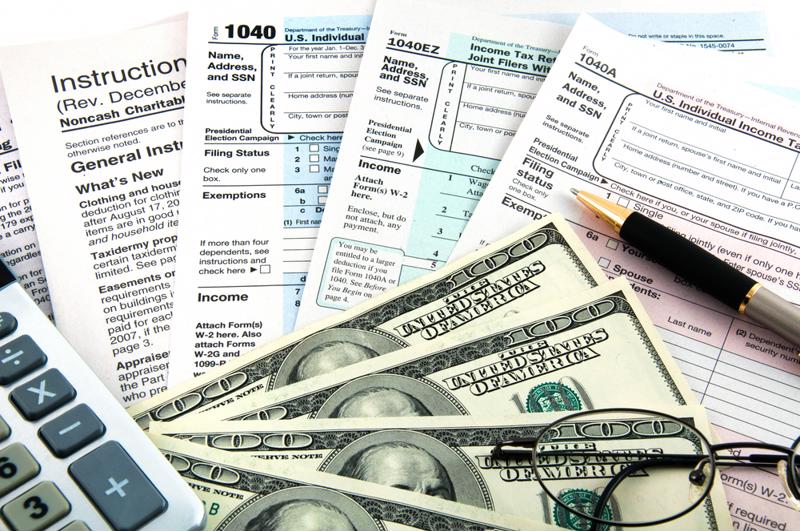For the large majority of citizens, the deadline to file federal income taxes was back in April. Those that needed an extension have an important date to keep in mind: Oct. 15. The middle of the month is the deadline for citizens who filed an income tax extension.
Extensions are meant to help you out if you can’t meet the original deadline. You may have requested an extension for any number of reasons, such as unexpected life events or perhaps everything got too busy and you lost track of deadlines. Extensions are vital to help you avoid potentially paying more in taxes or taking a credit hit.
That being said, if you did file an extension and have only started filing your taxes, or have yet to do so, there are a few items to cross off your checklist before Oct. 15.
 The deadline for extensions is approaching.
The deadline for extensions is approaching.Collect the necessary paperwork
Successfully filing an income tax return requires you to have the necessary forms to fill out. Most individuals and families will like 1040-A or 1040EZ forms. If you’re using an online tax filing program, you’ll be guided through the whole process.
Likewise, if you enlist the services of a tax-preparation service, they will also have the knowledge of which forms should be filled out. No matter which way you choose to complete your tax return, remember that other paperwork is required as well. These can be forms such as 1098, which serves as proof you’ve had mortgage and student loan payments. Again, there is an important distinction with this form, as the standard 1098 handles mortgage payments while the 1098-E is for student loans.
You may be in line for reductions
As much as we may try to stay on top of important tasks to complete, there are still those times we inevitably rush to complete them. As a result, important items may be passed over or forgotten, and in this instance, we may forget about deductions that can potentially lower the tax bill. Deductions are varied and can range from savings for teachers, to child care and charitable donations.
Filing and payment options
While you can mail in your tax return, the IRS strongly recommends filing your return electronically. There are many options to choose from if you decide to file electronically, but the biggest benefits come from their ease of use, to the programs catching common errors.
If you decide to mail in your tax return, remember that it must be postmarked by Oct. 15, or the IRS will consider it late.
You should also consider how to pay for your tax burden, if you have to at all. The IRS does offer payment plans as an option.
Plan for 2016
Once you file your extension, think about why you had to so and then try to make a commitment to file 2015’s return on time. Before you know it, April 2016 will be quickly approaching and with it, another round of tax filings.
